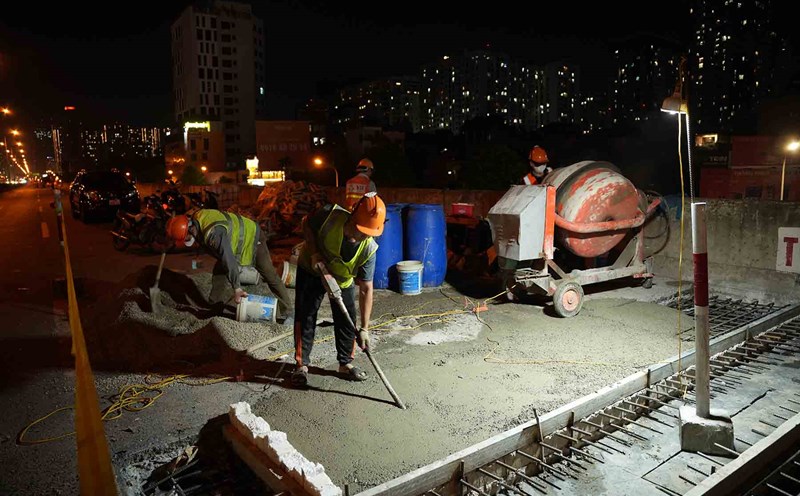Domestic coffee prices drop sharply
On July 8, coffee prices in the Central Highlands provinces continued to fall sharply. In Dak Lak and Gia Lai, coffee is traded around 92,800 - 92,600 VND/kg; in Dak Nong it is 92,600 VND/kg, while Lam Dong recorded the lowest price of 92,300 VND/kg. Compared to last weekend's session, the price level has decreased to 3,500 - 3,600 VND/kg, bringing the market back to its lowest level since the beginning of April 2025.
Compared to the peak of 129,300 - 130,200 VND/kg on April 16, 2025, coffee prices have "evaporated" by nearly 37,000 VND/kg, equivalent to a decrease of more than 28%. The price level is also much lower than in February (average 94,500 - 95,500 VND/kg).
World coffee prices lose important mark
On the London Stock Exchange, Robusta coffee futures for September continued to plummet, losing up to 151 USD/ton, to 3,526 USD/ton. Long terms also decreased by 150 - 156 USD/ton. On the New York Stock Exchange, the price of arabica futures for September fell sharply by 11.35 cents, to 278.25 cents/lb. The remaining terms fell sharply, ranging from 10.45 - 10.95 cents/lb.
This is the second consecutive decline and the deepest decline in more than a month. Pressure from global supply prospects is rising rapidly while consumption is expected to slow down.
The market faces a deep correction trend
According to the latest report from the US Department of Agriculture (USDA), global coffee output in the 2024-2025 crop year is estimated at 174.4 million bags, up 2.98% compared to the previous crop. The 2025-2026 crop is forecast to increase to 178.68 million bags. Of which, Brazil - the world's largest coffee producer - is expected to supply about 65 million bags; Vietnam reached 31 million bags, an increase of nearly 7% compared to the previous crop; Indonesia increased slightly to 11.25 million bags. Meanwhile, global consumption is estimated at only 169.36 million bags, leading to a surplus of about 9 million bags.
The continued strong increase in coffee prices in the first and early second quarters of this year has largely reflected the risks of weather and local supply shortages. In the context of a recovery in global output, especially in Brazil and Vietnam, the pressure to make a profit and free up inventories is increasing. Roasters have also begun to be more cautious in buying, pushing up the trading price of coffee to decrease.
Note: Coffee prices in the article are for reference only, depending on actual fluctuations at each time and each agent and enterprise.











